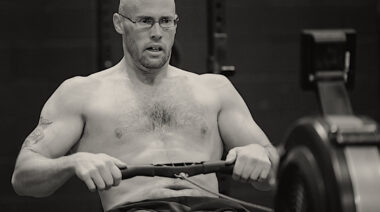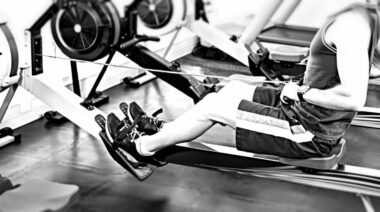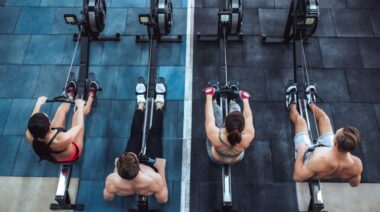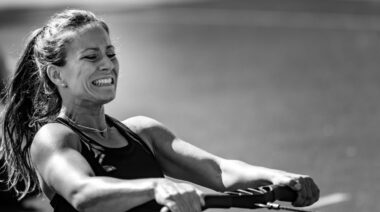Since 1970, there has been a twenty-percent increase in endurance volumes in the training of the elite rowing athlete. Total training time has also increase to upwards of 1,100 hours a year. Consequently, questions have arisen as to the most effective protocols for training – how to get rowers stronger without adding disadvantageous muscle mass and weight. A recent study quantified the changes in lower body strength development following two 14-week phases of intensive, resisted on-water rowing, comparing the additional use of weight training versus rowing alone.
The study consisted of ten elite female rowers who performed two 14-week phases of intensive on-water rowing, either incorporating weight training or rowing alone. The rowers performed two resisted rowing (towing ropes, 8 x 3 minutes) as well as six endurance (16-28 km at 70-80% max heart rate) and two rate regulated races (8,000 meters at 24 strokes per minute) on water each week.1
The rowers were randomly assigned to an initial training intervention (resisted rowing and weight training). At the beginning of each training intervention leg press and isometric pull strength was measured. After a 4-week period known as the ‘washout’ phase, the 14-week phase was repeated with the addition of two weight training sessions (3-4 sets at 6-15 reps). The changes in lower body strength test results were used to compare any adaptation from resisted rowing alone to weight training.2
The result of the study revealed that resisted rowing alone did not increase leg pressing or isometric pulling strength. After weight training, there was a moderately greater increase in leg pressing, without large increases in mass, although differences in isometric pulling strength were unclear.3
In conclusion, researchers determined that resisted rowing maintained strength, at best, and that rowers seeking gains in lower body strength in preparation for competition should adopt a weight training program. Consequently, those who are elite rowers or coaches may want to incorporate weight training concurrent to endurance exercise if the end result desired is an increase in strength, while avoided unwanted increases in body mass.
Photo courtesy of Shutterstock.






